The aurora is beautiful, spectacular, splendid, and appears quite frequently – almost nightly in the polar sky. Appearing in the form of majestic, colourful, irregular lights in the night sky, the aurora has a variety of shapes, colours, and structures, and continuously changes in time. Everybody who has seen the Northern Lights will agree that they are nature’s optical poetry. Physicists say that the aurora is just a large-scale electrical discharge phenomenon in the high-altitude atmosphere, resulting from quantum leaps in oxygen and nitrogen atoms. Indeed, the aurora is atomic physics, but the aurora was also a superstitious subject in mythology and fairy tales. From ancient times, it has filled people with awe and wonder, with delight and pleasure, with both joy and fear. It has inspired artists and it also terrified people who thought that the end of the world was approaching. Exact explanations of the phenomenon had to wait until modern space and particle physics was developed in the 20th century and knowledge about details in the Earth’s electromagnetic environment became available through spacecraft measurements.

Northern Lights appear in a narrow annular belt around both the northern and southern geomagnetic poles, over Fairbanks, Tromso and Kiruna, in a variable pattern. Seen from there, the display starts with a phosphorescent glow over the horizon. The glow dies out and comes back, and then an arch is lit. It drifts up over in the sky as new arches are lit and follow the first one. Small waves and curls move along the arches. Then, within a few minutes a dramatic change is seen in the sky. A hailstorm of charged particles hit the upper atmosphere in what is called an auroral substorm. Rays of light shoot down from space, forming light draperies, which spread all over the sky. They really compare to draperies or curtains that are flickering in the wind. They also remind us of Swan Lake and other dance performances. We can see a violet and a red trimming at the lower and upper ends, or the colours all mixed together, woven into each other. The curtains disappear and form all over again by new rays of light shooting down from space. Above our head, we can see rays converging to a point in the sky, forming what is called an auroral corona. After 10 to 20 minutes the storm is over and the activity decreases. The bands are spread out, disintegrating in a diffuse light all over the sky. We cannot see individual pockets of light, but the total effect is bright enough to enable us to make out details of the countryside around us. If we look very carefully, we can see the remains of the Northern Lights display as faint, pulsating flames. Clouds of light are turning on and off regularly every few to tens of seconds by an invisible switch. Then nature’s own gigantic light-show is over.
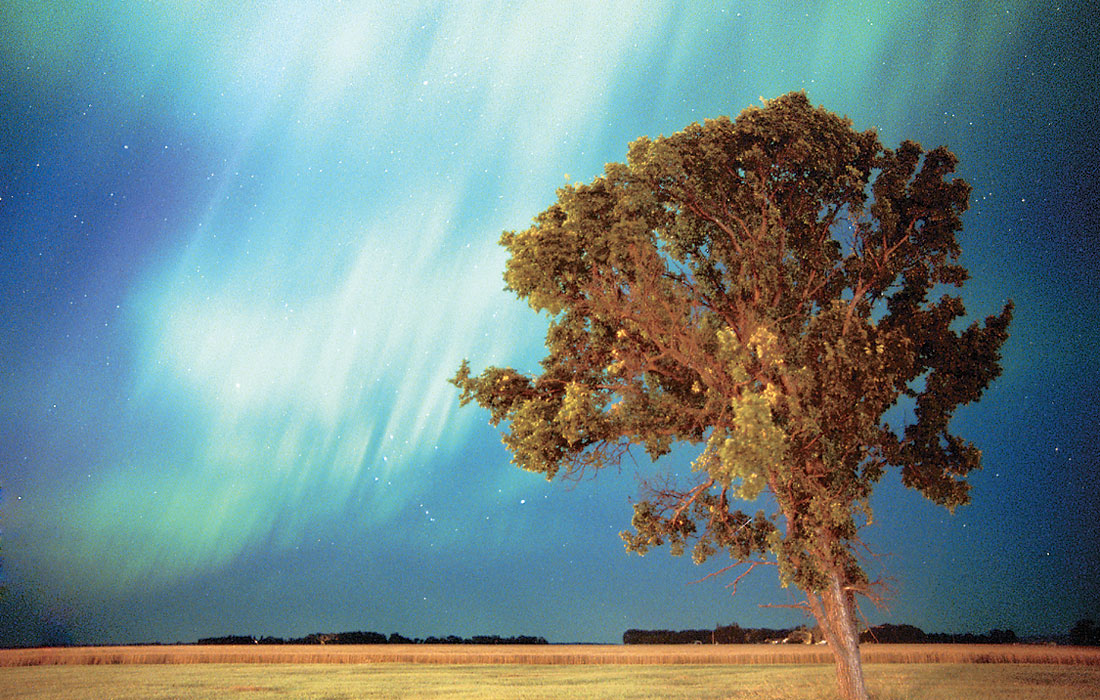
What exactly happens? In the highest reaches of the atmosphere, above about a hundred kilometres, oxygen and nitrogen atoms and molecules are energized and/or ionized by energetic electrons. In this transition region between the earth’s atmosphere and near-earth space, free electrons abound. Accelerated by electric fields in the magnetosphere, a comet-shaped structure around the Earth, energetic electrons streaming along geomagnetic field lines hit and excite atoms and molecules. The auroral light results from the de-excitation of these particles. The colour, shape, and intensity depend on the electromagnetic forces that shoot electrons downward into the upper atmosphere.
Since prehistoric times, there have been many beliefs about the Northern Lights. The Inuit people in Northeast Canada have the following belief regarding auroral displays: “The sky is a huge dome of hard material arched over the flat earth and outside of it there is light. In the dome there are a large number of small holes and through these holes you can see the light from the outside when it is dark. And through these holes the spirits of the dead can pass into the heavenly regions. The way to heaven leads over a narrow bridge which spans an enormous abyss. The spirits that were already in heaven light torches to guide the feet of the new arrivals. These torches are called the Northern Lights.” The Eskimos of the lower Yukon River believed that the aurora was the dance of animal spirits (deer, seals and salmon).
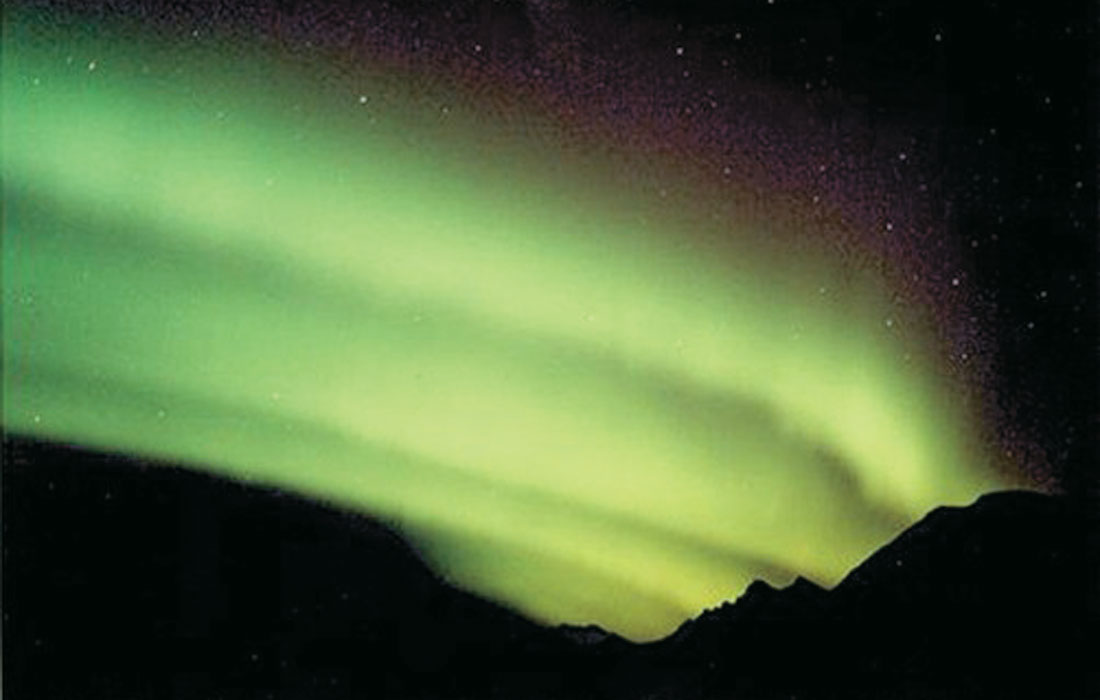
In Middle-Age central Europe, the Northern Lights were considered a bad omen. They warned of illness, plague and death. When red, which is the most common colour of aurora at mid to low latitudes (i.e. central Europe), they signalled the outbreak of war. On the contrary, up in the North, in Scandinavia, people’s conceptions were more characterized by wonder and awe for this impressive phenomenon. One was warned to step carefully during auroral displays and in no way should the Northern Lights be frightened by waving, whistling, staring or by showing any other form of disrespect.
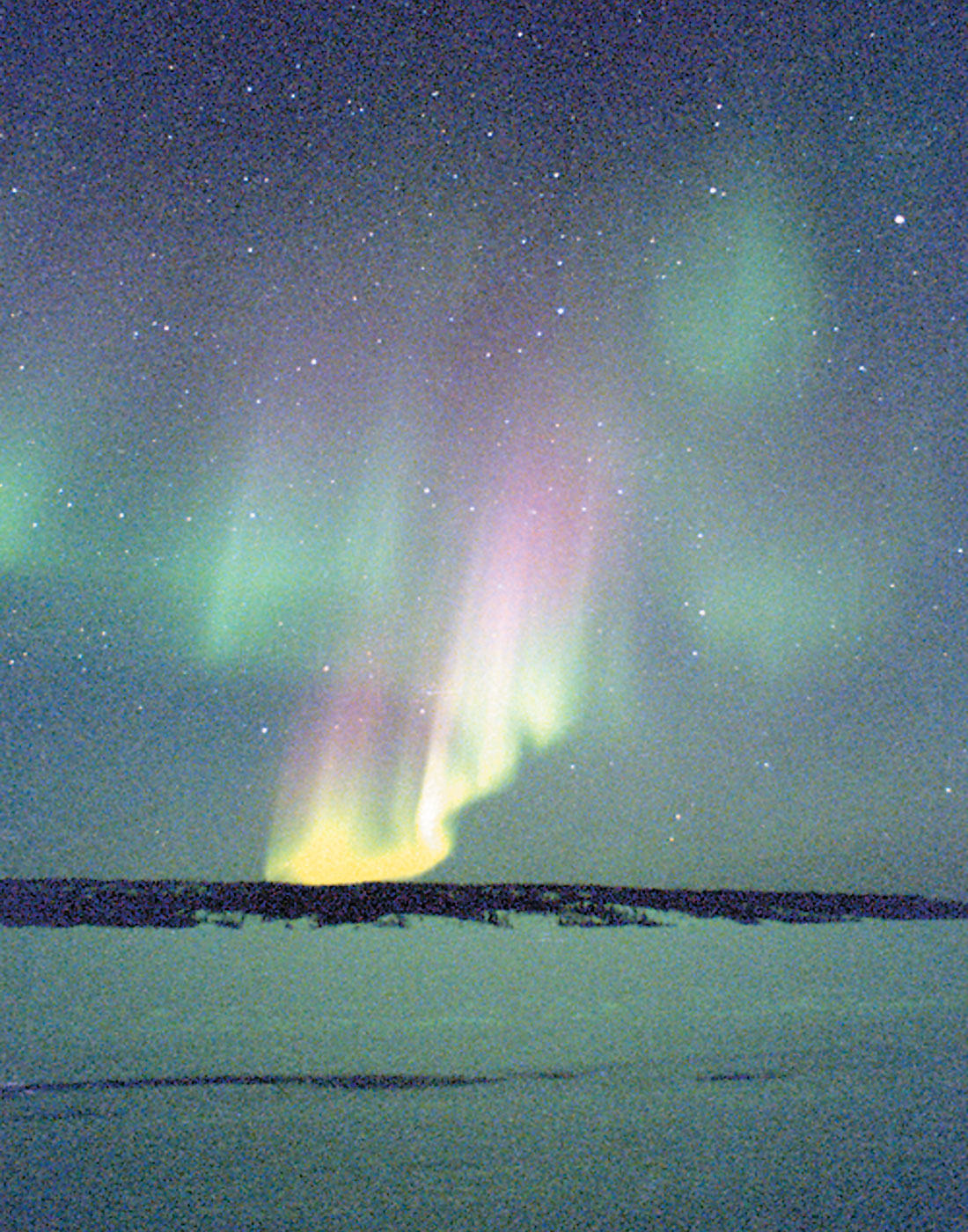
Aurora has always been a particularly rare phenomenon in low latitudes and had astonished people in antiquity. Accordingly, it has been recorded with effervescent descriptions in the Theogony of Hesiod and the Old Testament. Hesiod, one of the greatest poets of the ancient Greek civilization, mentioned “blazing skies” and “flaming sky dragons” in his Theogony (8th century B.C.). In the Old Testament, Ezekiel’s vision (6th century B.C.) of a burning wheel way up in the middle of the sky can be interpreted as the account of either a comet or an aurora (Ezekiel, 1:1-28). Nevertheless, Ezekiel’s interpretation of the phenomenon was clearly religious. The first attempt for a rational explanation of the bright celestial appearance is often credited to Aristotle. Instead of invoking supernatural powers or beasts, he described the Northern Lights in his book Metereologia as a light resembling a shining cloud. However, the credit for the first rational, non-mythical description of the aurora belongs to two Greek philosophers from Asia Minor, who lived in the 6th century B.C., i.e. some 200 years before Aristotle: Anaximenes of Miletus (c. 585-528 B.C.) and Xenophanes of Colophon (c. 570-475 BC). Anaximenes was a pioneer in the revolutionary new approach to the nature of human intellect that came to be known as natural philosophy; and for him, fundamental reality was material and mechanical. This is the viewpoint we have inherited as “scientific.” Xenophanes, the founder of the Eleatic school of philosophy, wrote of “moving accumulations of burning clouds.” At about the same time, Plutarch gave a clear description of the Northern Lights, but it was probably a quotation from missing writings of Anaxagoras: “there was an enormous and furious figure in the sky. It was like a flaming cloud, which did not stay at its position but moved windingly and regularly”.
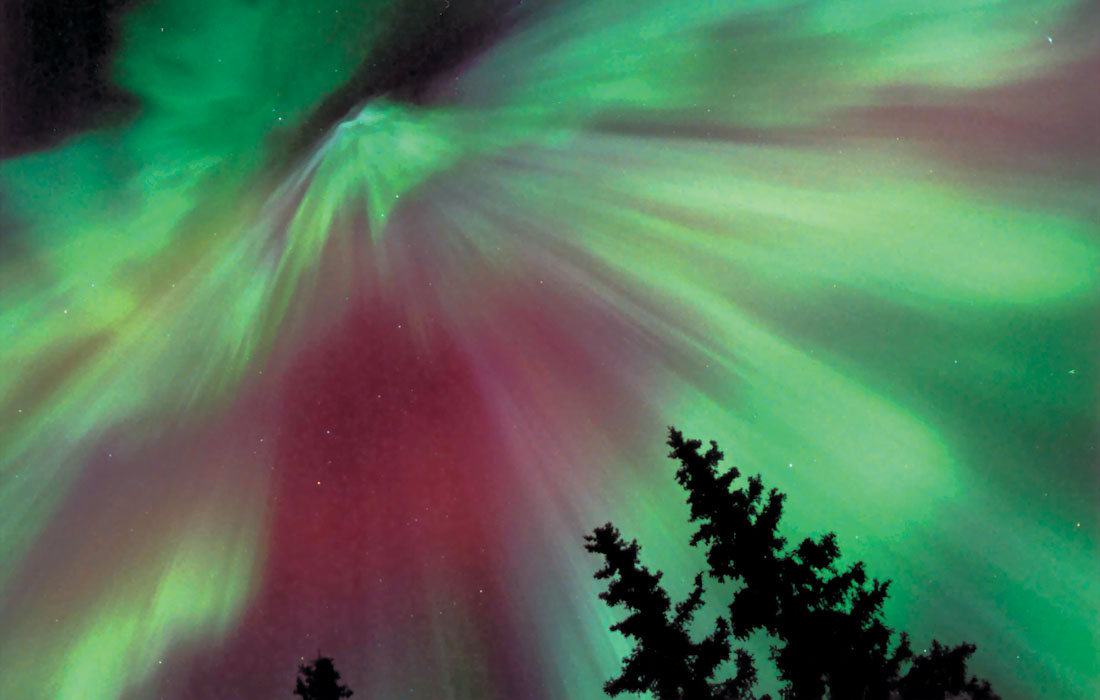
In the fourth century B.C., Theophrastus of Eresos, a student of Plato and Aristotle, was said to be one of the first to observe sunspots, a solar feature that is linked to the appearance of aurora. Many centuries later, in 1610, the sunspots were rediscovered by Galileo. Galileo again, in 1619, or, according to others, the French scientist and philosopher Pierre Gassendi in 1622 was said to “christen” the Northern Lights with the name that is still used: Aurora Borealis. The etymology of the name is “Northern Dawn”, from the ancient Greek goddess of dawn Eos (called Aurora in Latin), and the word boreios (Borealis in Latin), meaning “northern” in Greek. The existence of “Southern Lights” (Aurora Australis) was, of course, unknown in Europe. The Aurora Australis was first sighted by Europeans in the end of the 18th century, during the expeditions of Captain James Cook around Australia and the South Pacific. Cook’s crew on the HMS Endeavour recorded that ”a phenomenon appeared in the heavens in many things resembling the aurora borealis”. Historical documents from China later revealed that an aurora was observed on the same night, 16 September 1770, in the Northern Hemisphere. Thus, this was the first ever recorded sighting of mirror – or conjugate – auroras.
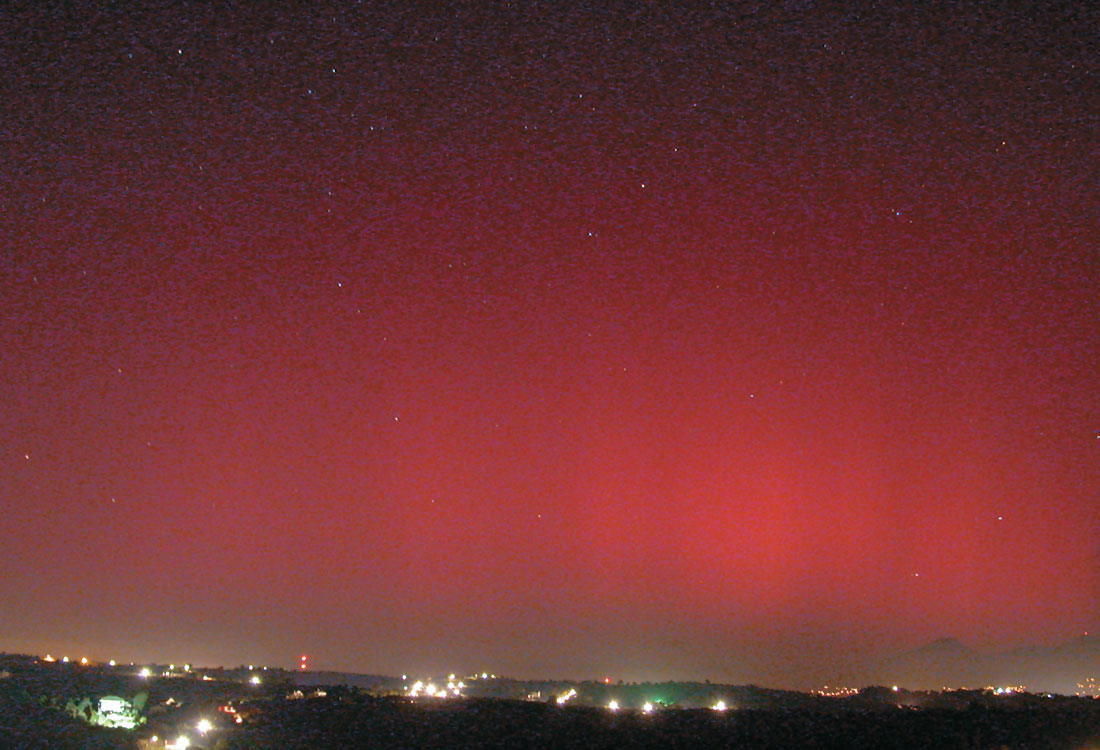
Soon after Galileo, Descartes observed and commented on the Northern Lights, but due to the extremely low solar activity over the interval 1645 to 1715 (called the Maunder minimum) there were no northern lights to observe and the relevant discussions subsided. Following the spectacular auroral displays in Europe in March 1716, Edmund Halley considered particles that move along the field lines of the earth’s magnetic field, but his wholly terrestrial origin for the lights proved unsatisfactory. In 1733, the French scientist Jean Jacques d’Ortous de Mairan correctly proposed an interaction of zodiacal light material with the terrestrial atmosphere and even noted a connection with sunspots, but both he and so great a mind as Leonard Euler, who proposed a theory based on reflected sunlight in 1746, moved a step backward by rejecting Halley’s link to geomagnetic phenomena. Alexander von Humboldt supported Halley’s conception by showing a correlation between auroras and geomagnetic disturbances in 1806, by observing slight changes of the tip of a magnetic needle at the time of auroral displays. Despite von Humboldt’s support to Halley, the theories of de Mairan and Euler remained the leading rivals. In 1741, the connection between the Northern Lights and magnetic activity was also proposed by the Swedish professor of astronomy Anders Celsius, who devised the Celsius thermometer.

At the end of the 19th century, Kristian Olaf Birkeland, a famous Norwegian scientist, organized a series of expeditions to the high-altitude regions of his country, where he established a network of magnetic field observatories. The results of his expeditions produced the first determination of the global pattern of electric currents in the auroral region from ground magnetic field measurements. Birkeland is also known for his magnetized terrella, which was suspended in a vacuum chamber, simulating the Earth. Birkeland directed an electron beam toward the terrella and noticed that the beam was guided toward the magnetic poles and produced rings of light around the poles. He consequently concluded that the aurora could be produced in a similar way. Based on his terrella experiments, he proposed a theory, according to which energetic electrons are ejected from sunspots on the solar surface, then directed to the Earth, and finally are guided to the Earth’s polar regions by the geomagnetic field where they produce the visible aurora. This device is now displayed at the University of Troms. The identity of the particles that actually produce the aurora remained uncertain for a long time, although laboratory experience (such as Birkeland’s) suggested that these particles behaved like electrons. Eventually, half a century after Birkeland’s terrella experiments, auroral electrons were observed by detectors aboard a rockoon, a combination of rocket and balloon, launched in 1954 into the aurora by James Van Allen’s team at the University of Iowa.
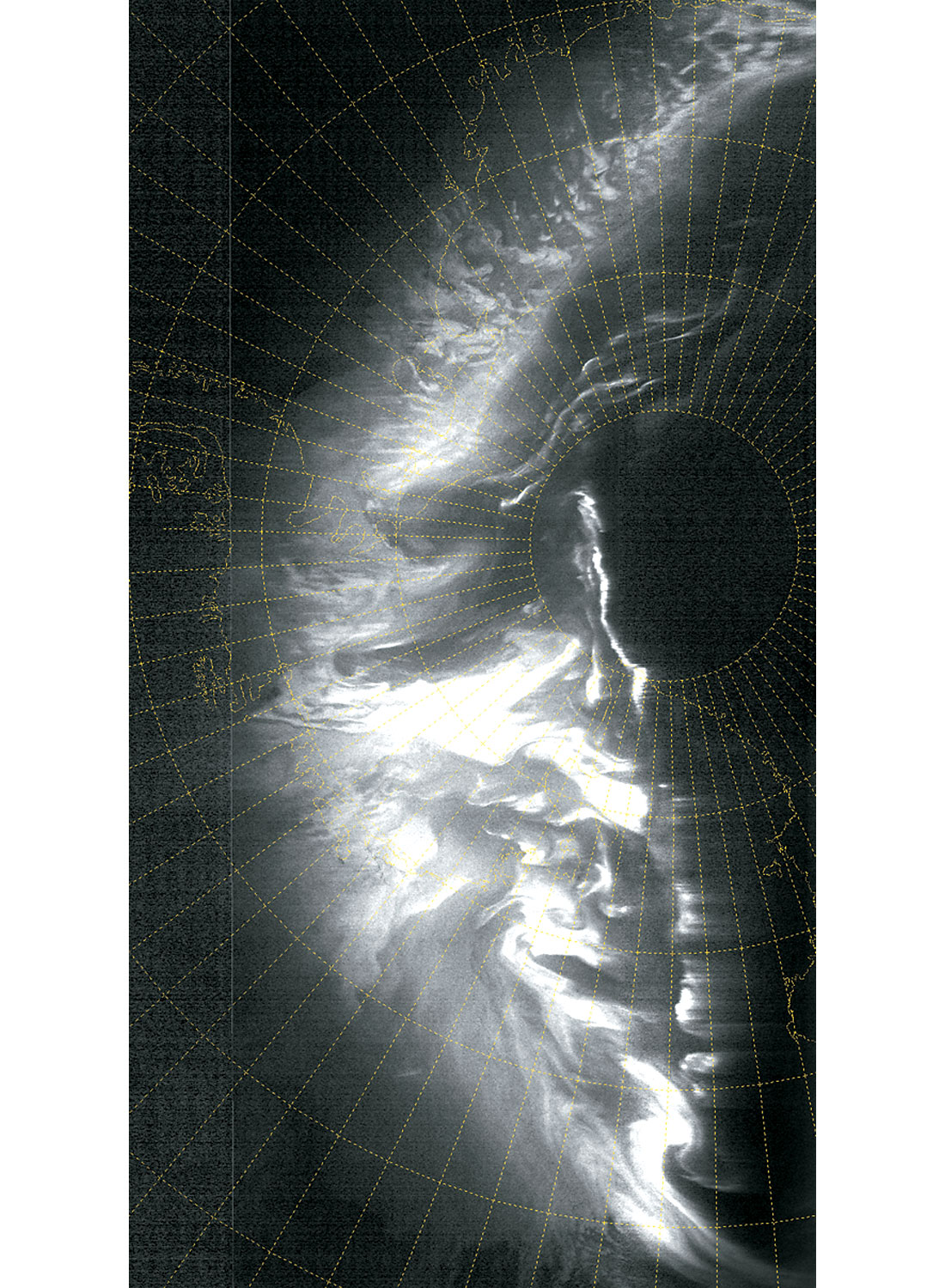
In the early 20th century, Carl Stormer, known for his theoretical work on the orbits of particle trapped by the geomagnetic field, used triangulation to estimate that auroras occur most frequently around at 100 km altitude. In the end of the 1950s a new instrument was developed, the “all-sky camera”, which was able to record the entire sky, from horizon to horizon, by photographing its reflection from a curved mirror. More than 100 all-sky cameras were used during the International Geophysical Year in 1957-1958, and their observations led Yasha Feldstein to propose the concept of the auroral oval - the locus of usual appearance of auroras. Since auroras are in fact three-dimensional, the auroral ovals (north and south) actually are elliptical tori around the poles. Each torus is up to 3,500 km in diameter and a few hundred kilometres thick. The two-dimensional projection of the torus reminds a belt that is wider on the night side of the Earth, and is centred on the geomagnetic pole while the earth revolves around the geographic poles. The width of the belt on the night side is up to 600 km.
The space age contributed significantly to our understanding of the aurora by opening several new ways of studying it. The most important one has been imaging the aurora from above by satellites, which permitted simultaneous observations of large areas of aurora and spectacular views. Spacecraft can carry imaging cameras that use filters to observe the aurora in selected wavelengths and block interference from scattered sunlight. The first imager was flown on the Canadian ISIS-2 spacecraft in 1972. It discovered the “diffuse aurora”, i.e. a continuous elliptical ring of aurora around the polar cap, which is not easily noticeable to observers on the ground.
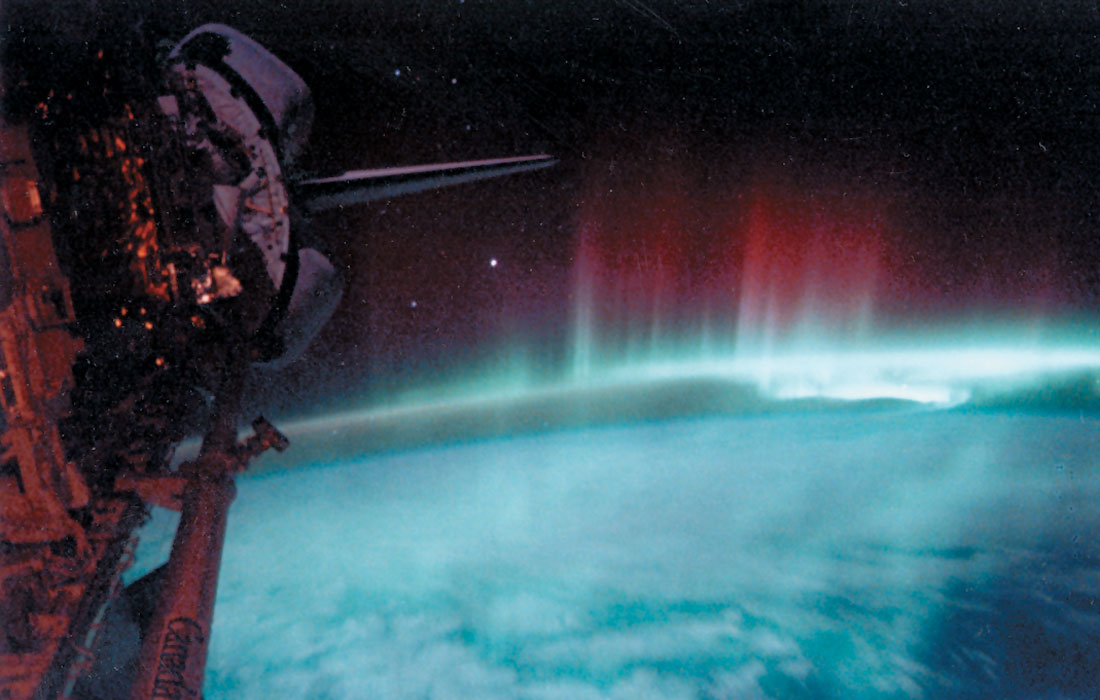
More comprehensive observations of the aurora from above were carried out (1981 - 1987) by the US satellite Dynamics Explorer 1 (DE-1), which moved in an elongated polar orbit and operated in several modes, taking images both in the visible and in the ultraviolet part of the spectrum. With a time resolution of several minutes, DE-1 was able to distinguish substorm phases in the morphology of the aurora, but could not resolve finer details. DE-1 further imaged a special class of auroras that are not aligned with the auroral oval but lie across it, generally aligned with the noon-midnight meridian. Such auroras occur at quieter times. DE-1 found that at times such arcs extended completely across the oval, bridging the dark space from the nightside to the dayside. Because this pattern resembles the Greek letter theta (a circle with a bar across its middle), this auroral form was named the “theta aurora”. No good explanation exists as yet for either sunward arcs or the theta aurora.
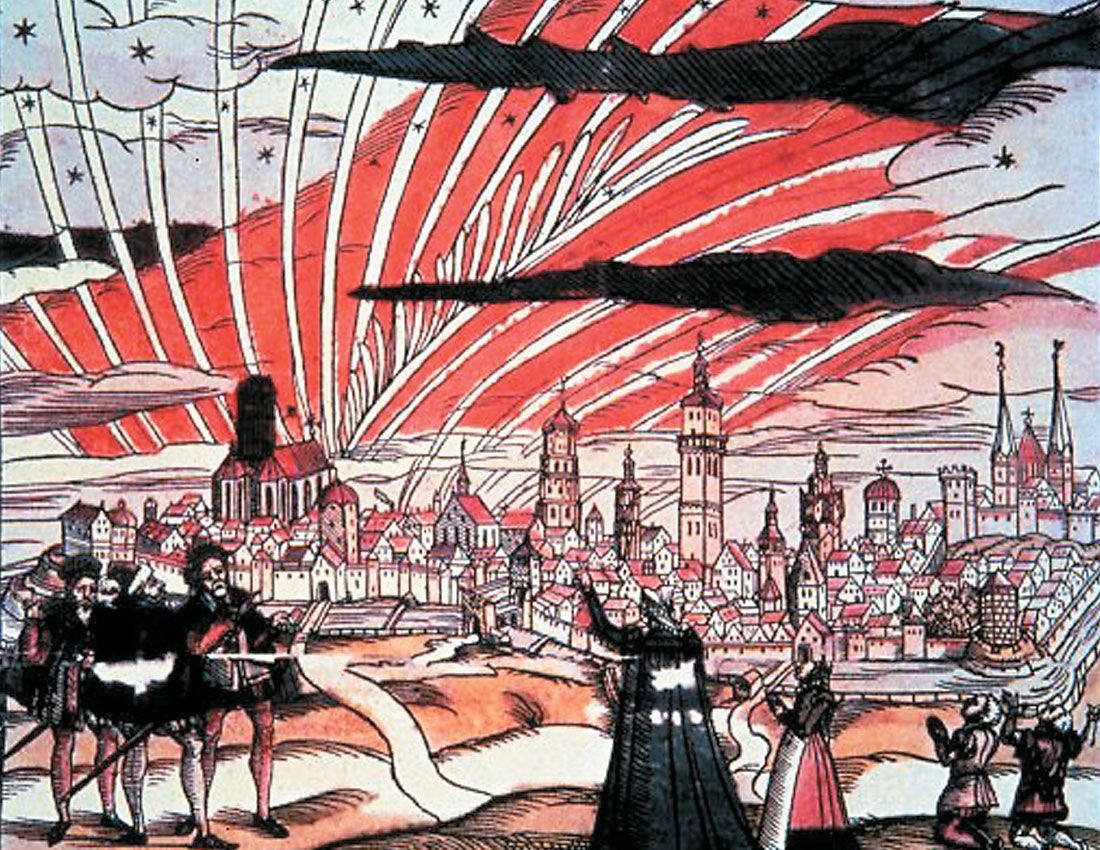
One of the central questions has always been the origin and the acceleration of the electrons responsible for the aurora. Early researchers thought that these electrons originated far away (Birkeland believed they came from the Sun). The answer came in 1976, when Don Gurnett and Lou Frank of the University of Iowa discovered the so-called ‘inverted V’ structure in the spectra of auroral electrons, which suggested an electric field along the geomagnetic field lines. The US Air Force satellite S3-3, which discovered positive oxygen ions shooting upwards in the auroral zone, presumably accelerated by a voltage below the satellite orbit. However, a voltage that accelerates positive ions upwards will also accelerate negative electrons downwards. Accordingly, scientists realized that the accelerating mechanism for electrons creating the aurora must have been below the spacecraft, and not in the deep magnetotail or other far-away regions where many scientists were looking for it. As the peak altitude of S3-3 was 8000 km and the O+ ions were typically observed at altitudes of the order of one Earth radius (6371 km), electron acceleration should take place quite close to Earth, at distances of about 6000 km or so.
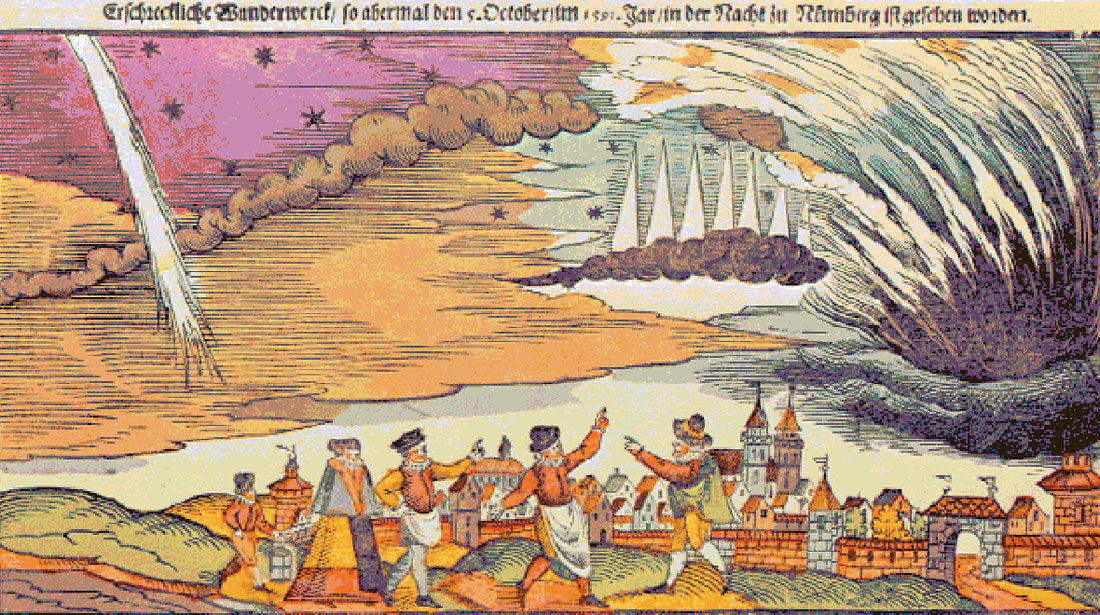
We now know that the acceleration of electrons creating the aurora essentially is provided by electric fields existing parallel to magnetic fields or plasma instabilities. The existence of such electric fields had been proposed in 1950 by the 1970 Nobel laureate Hannes Alfven. One would expect that voltage differences along field lines would be soon cancelled by the electrons and ions that slide along the field lines like beads. Alfven however, showed that under proper conditions, the mirror force repelling trapped particles from regions of stronger magnetic field could balance this tendency to wipe out all voltage differences. Because the magnetic field is most intense near Earth, the repulsion is strongest there too, and the voltage drop balanced by it turns out to be strongest there as well.
Currently, three auroral imaging cameras covering different parts of the spectrum (visible, UV, x-ray) are flying aboard NASA’s Polar satellite, while another imager (extreme ultraviolet) is flying aboard NASA’s IMAGE satellite. Another NASA mission, the Fast Auroral SnapshoT ( FAST), was designed to resolve (as the name implies) rapid variations as it flies through auroral arcs. FAST has been investigating plasma processes occurring in the low altitude auroral acceleration region. Several coordinated studies have been using data from these three NASA spacecraft and have shed light on details of auroral dynamics. We are beginning to grasp the acceleration process, leading to the magnificent celestial ballet of the Northern Lights. However, we are still far from understanding causes of the magnificent auroral displays associated with the auroral substorm.

Acknowledgements
This article was published in the Eggs, Newsletter of the European Geosciences Union (www.the-eggs.org), Issue 7, March 2004, pp. 12-18.










Join the Conversation
Interested in starting, or contributing to a conversation about an article or issue of the RECORDER? Join our CSEG LinkedIn Group.
Share This Article